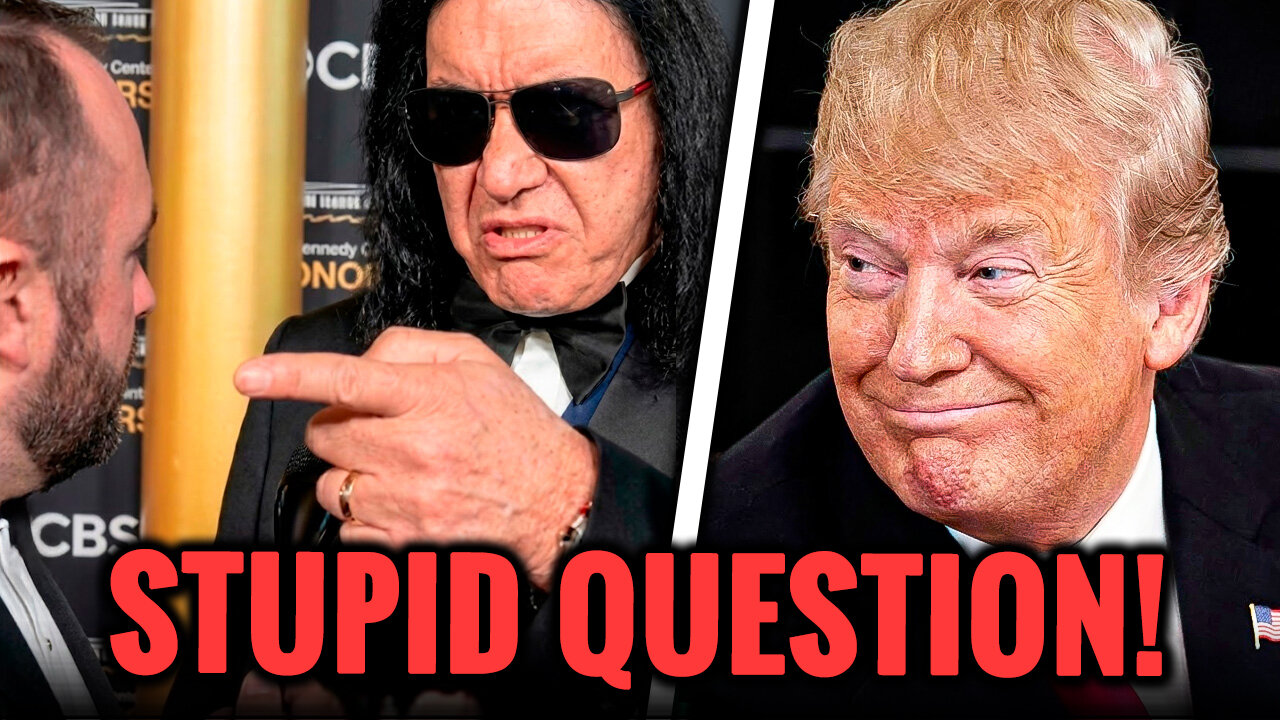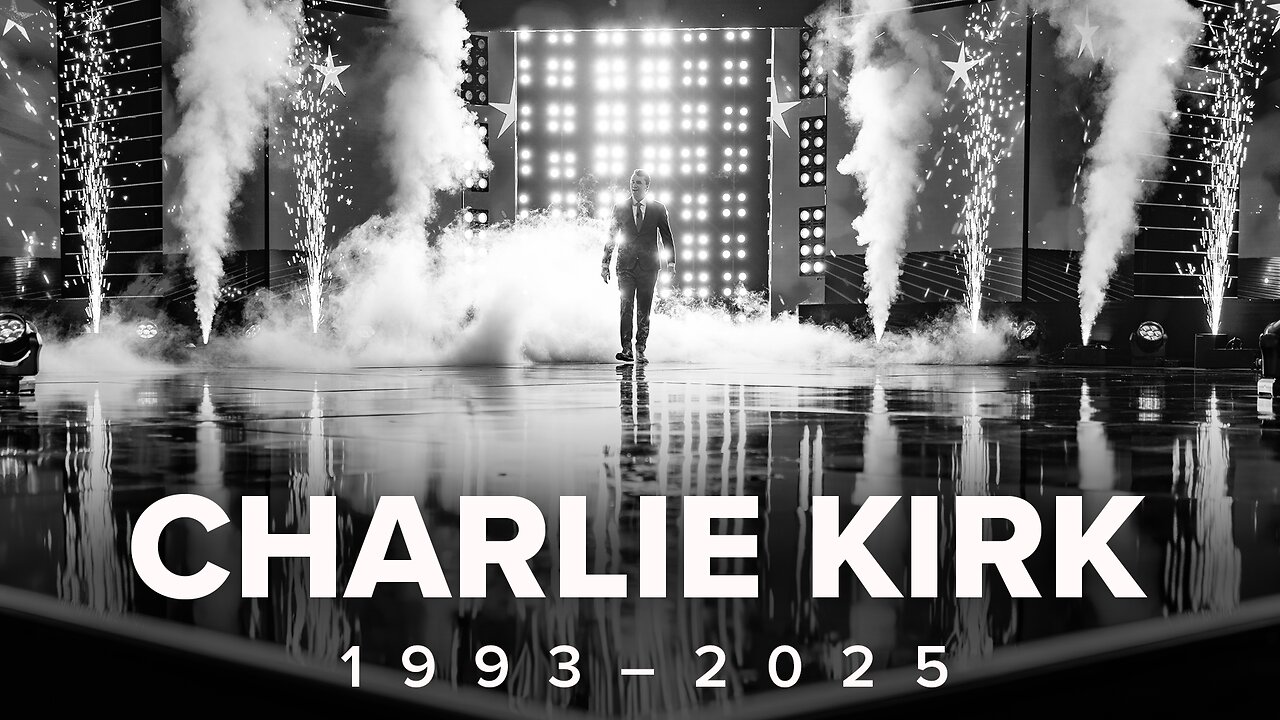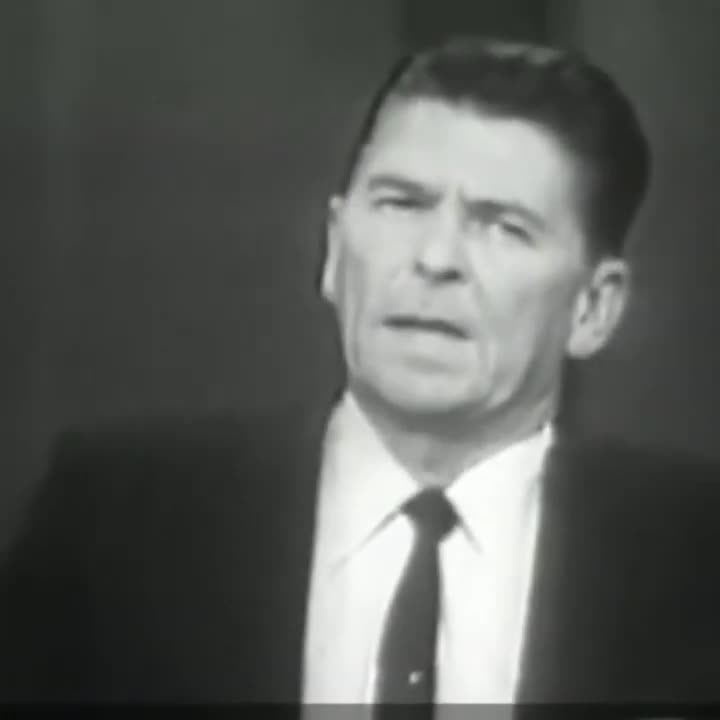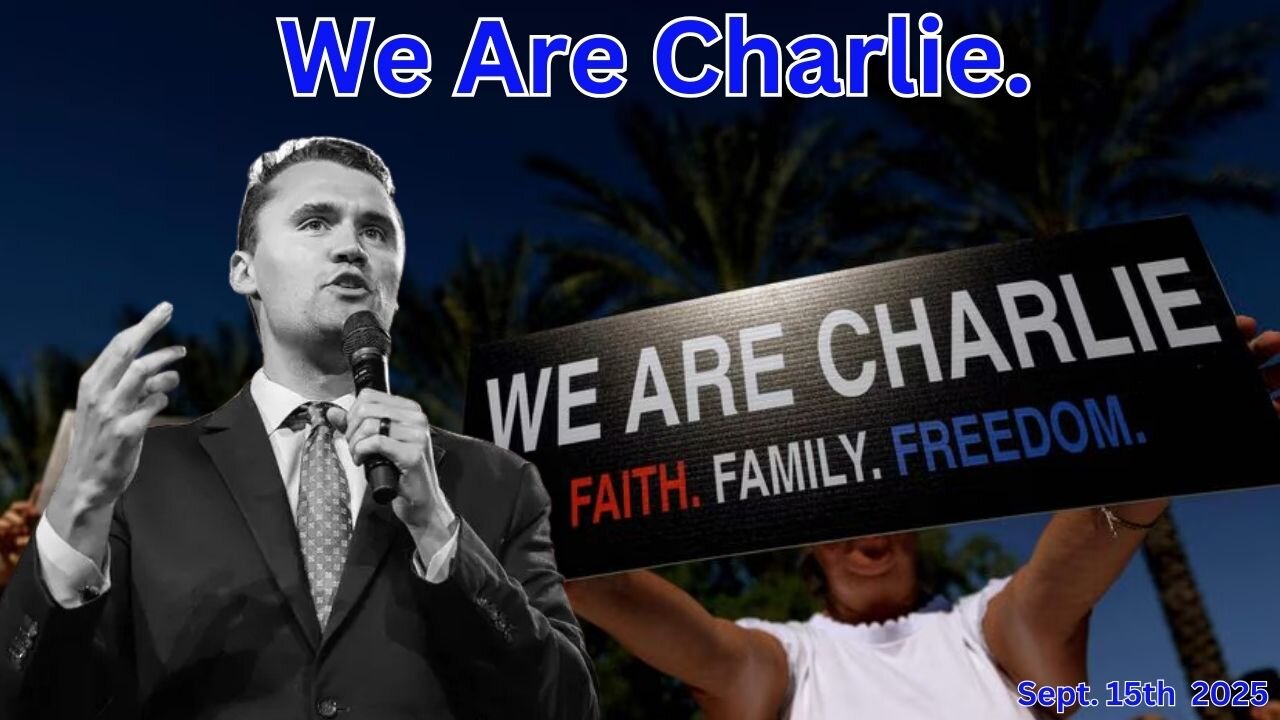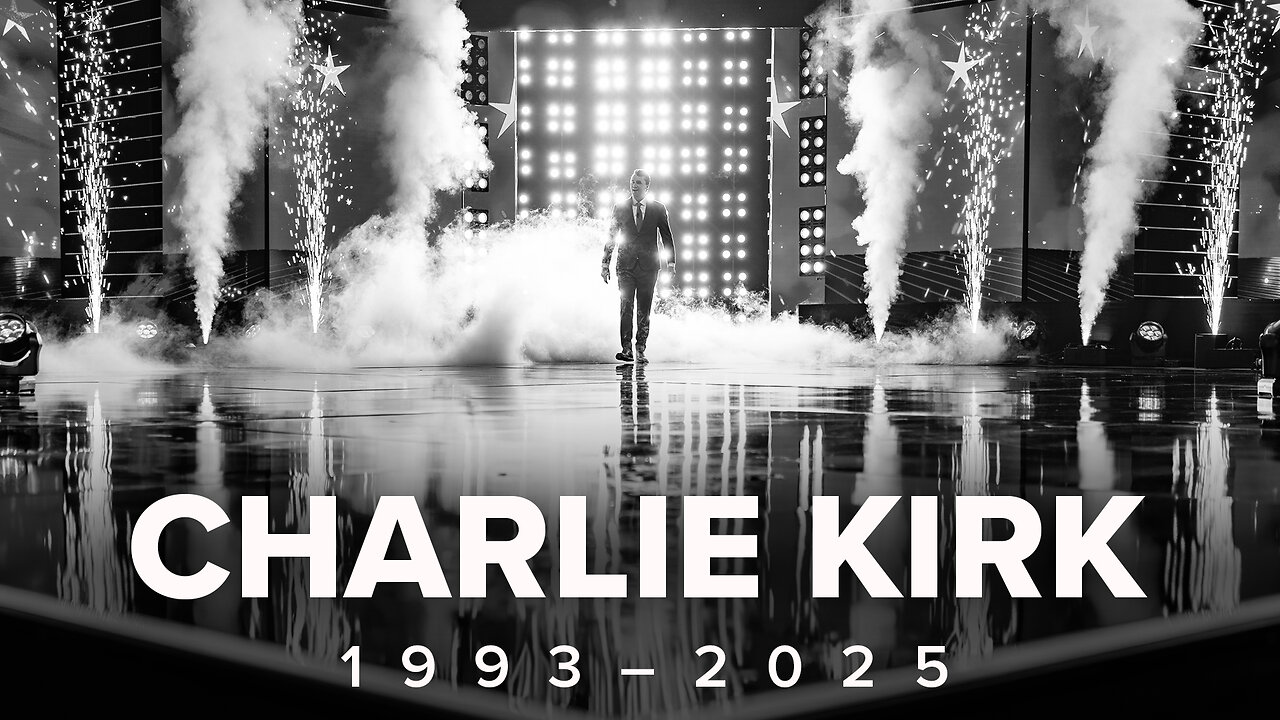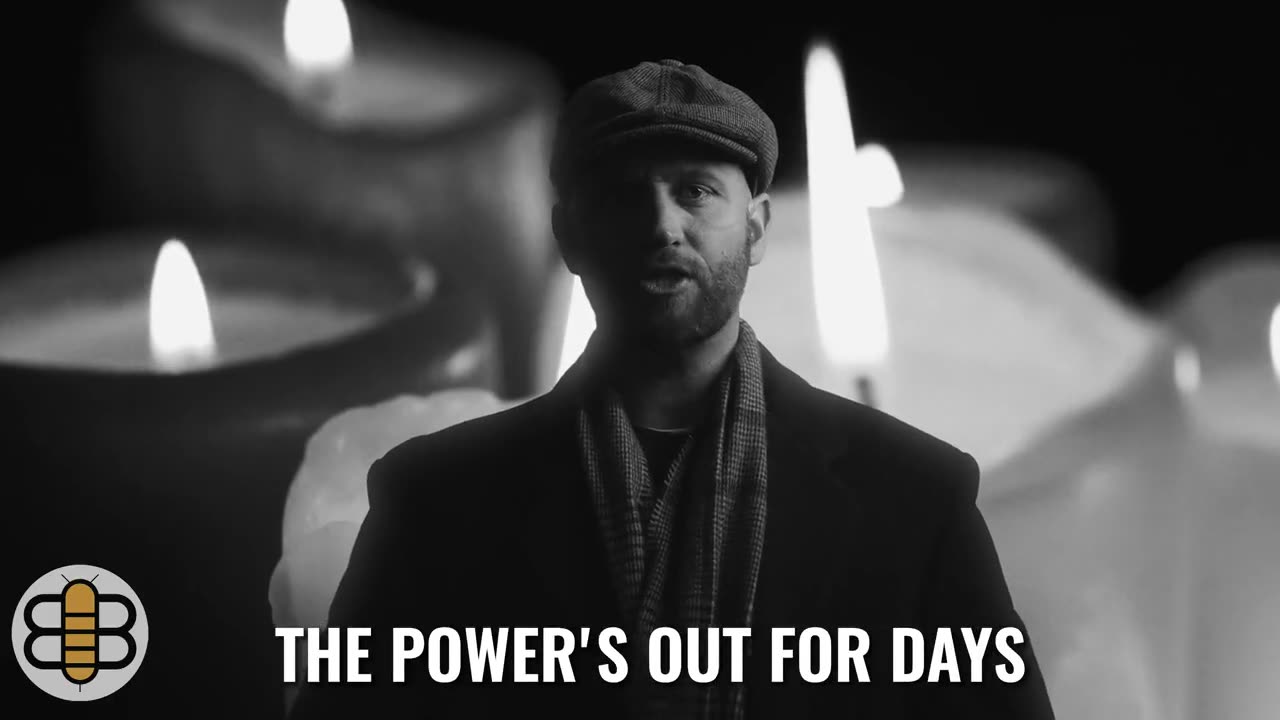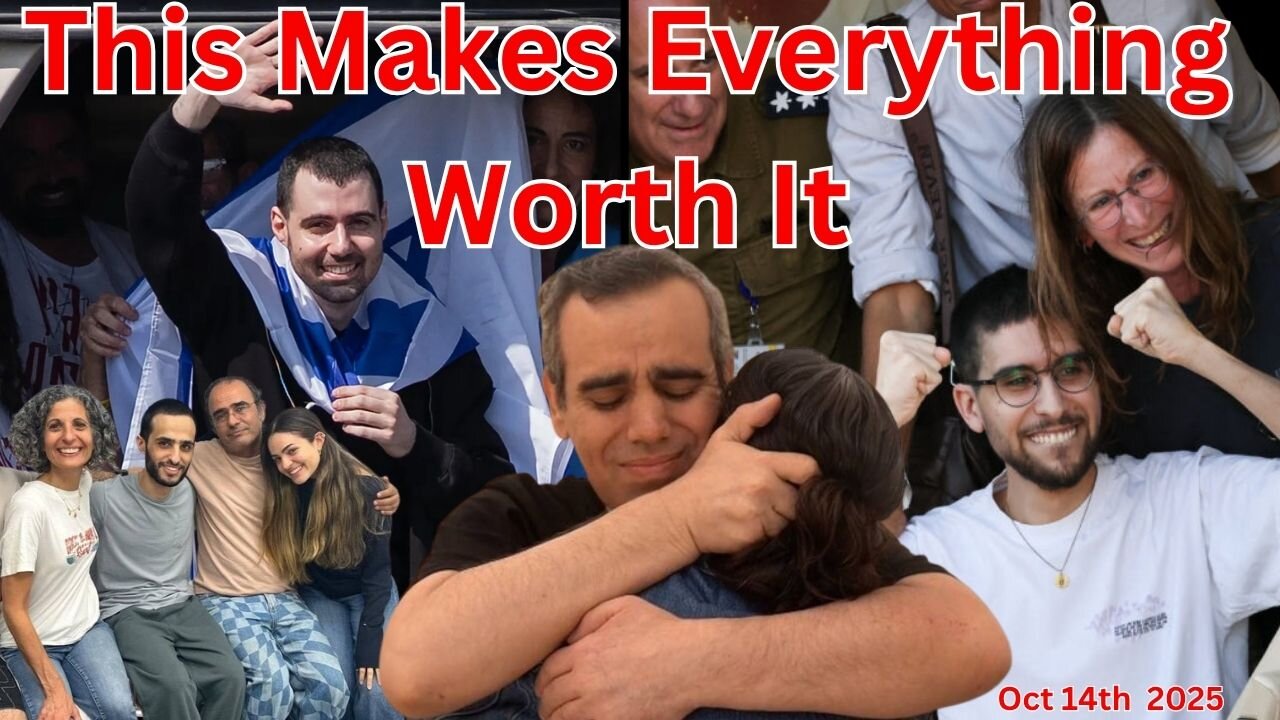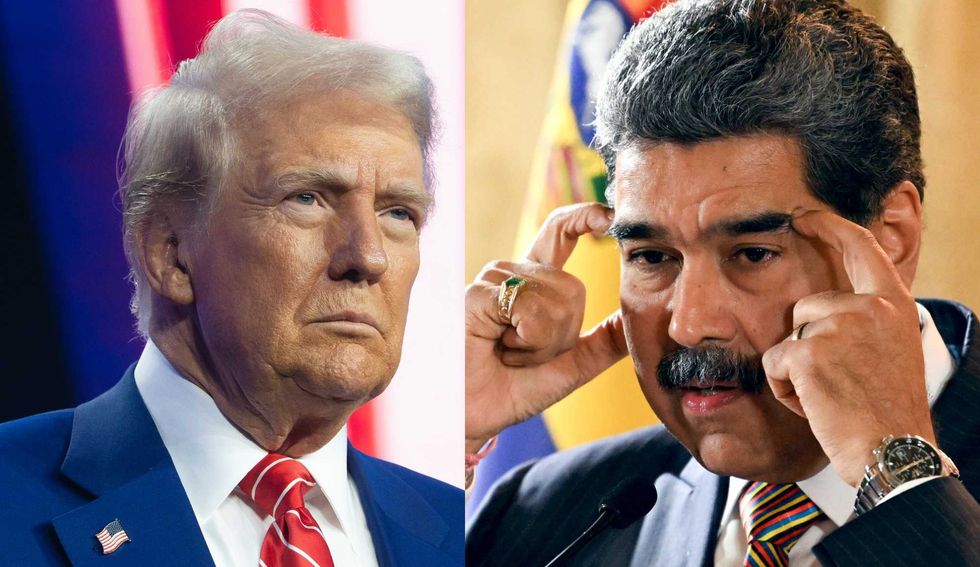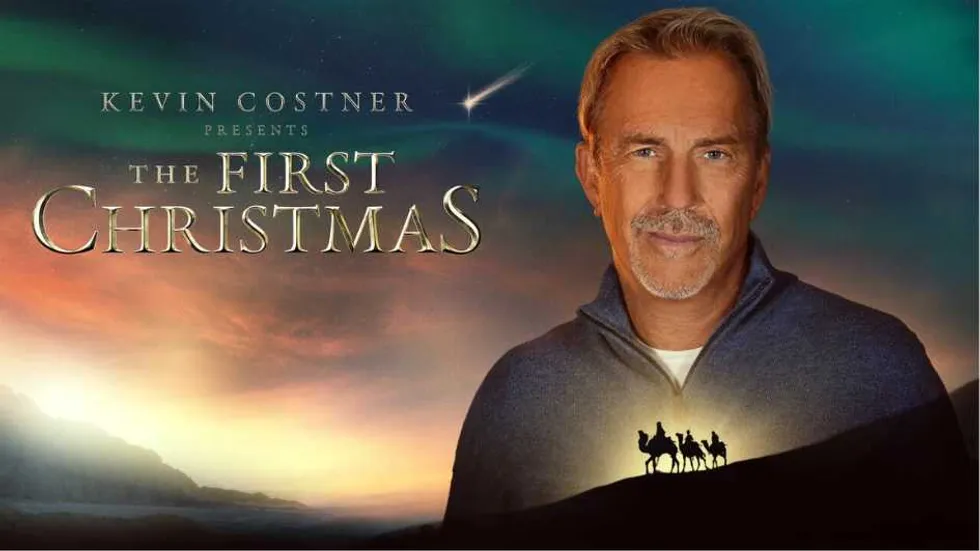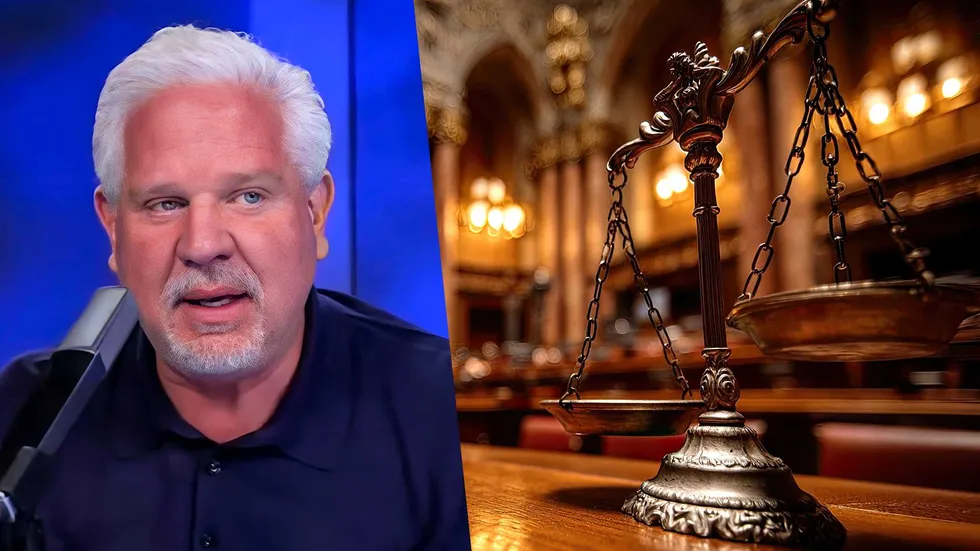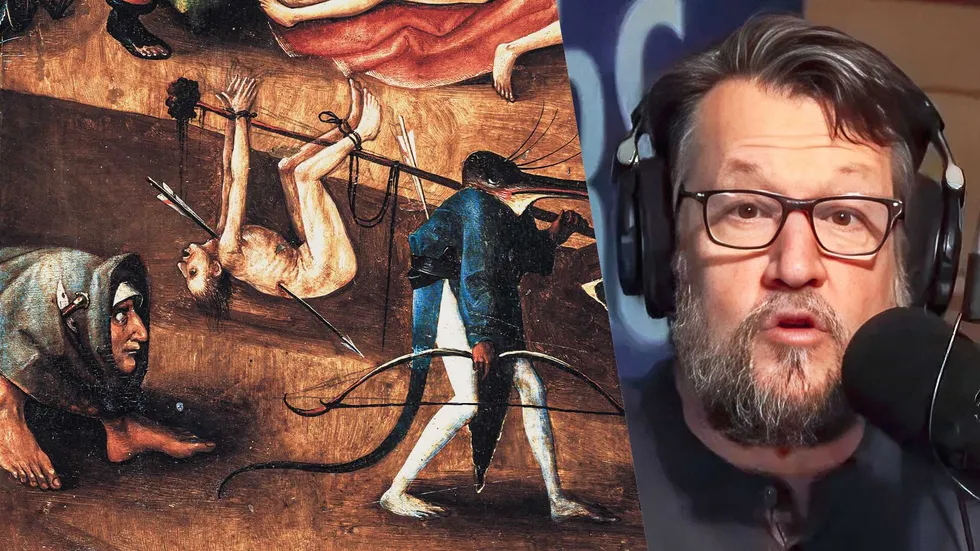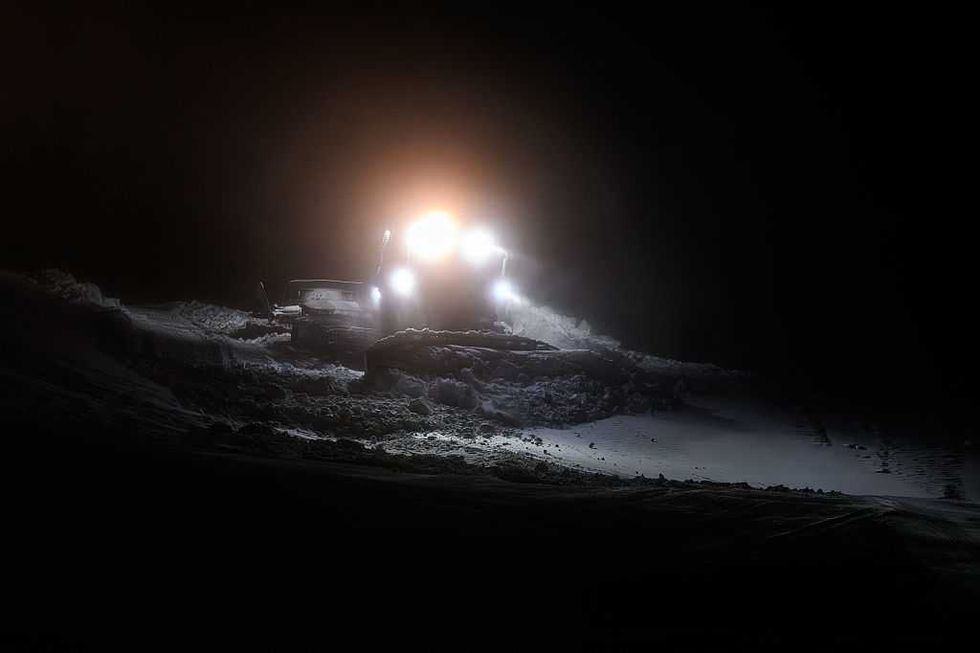Is Burning Man demonic?
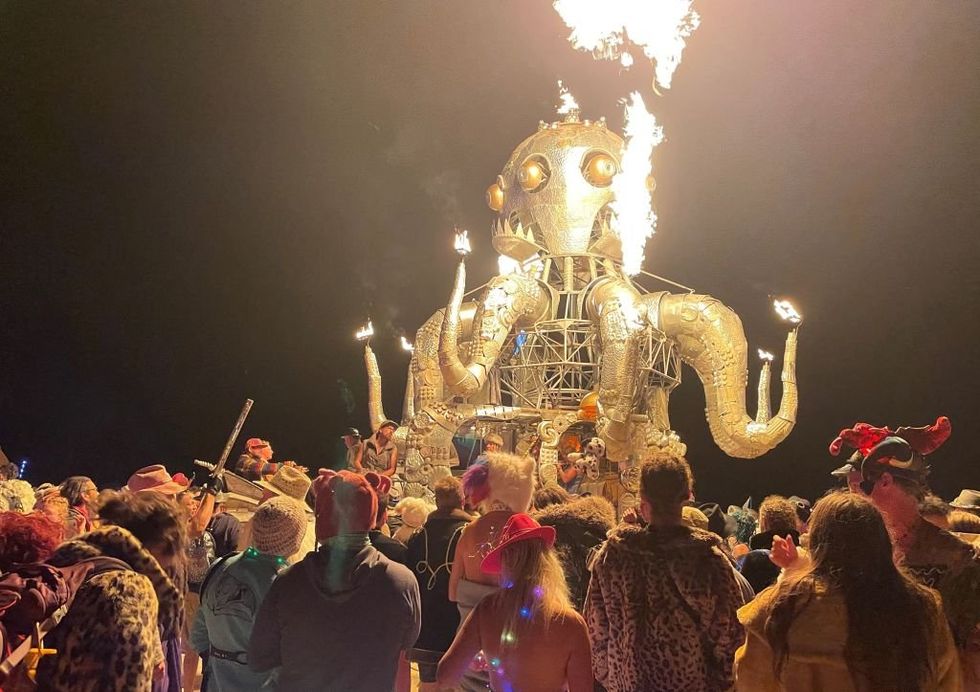
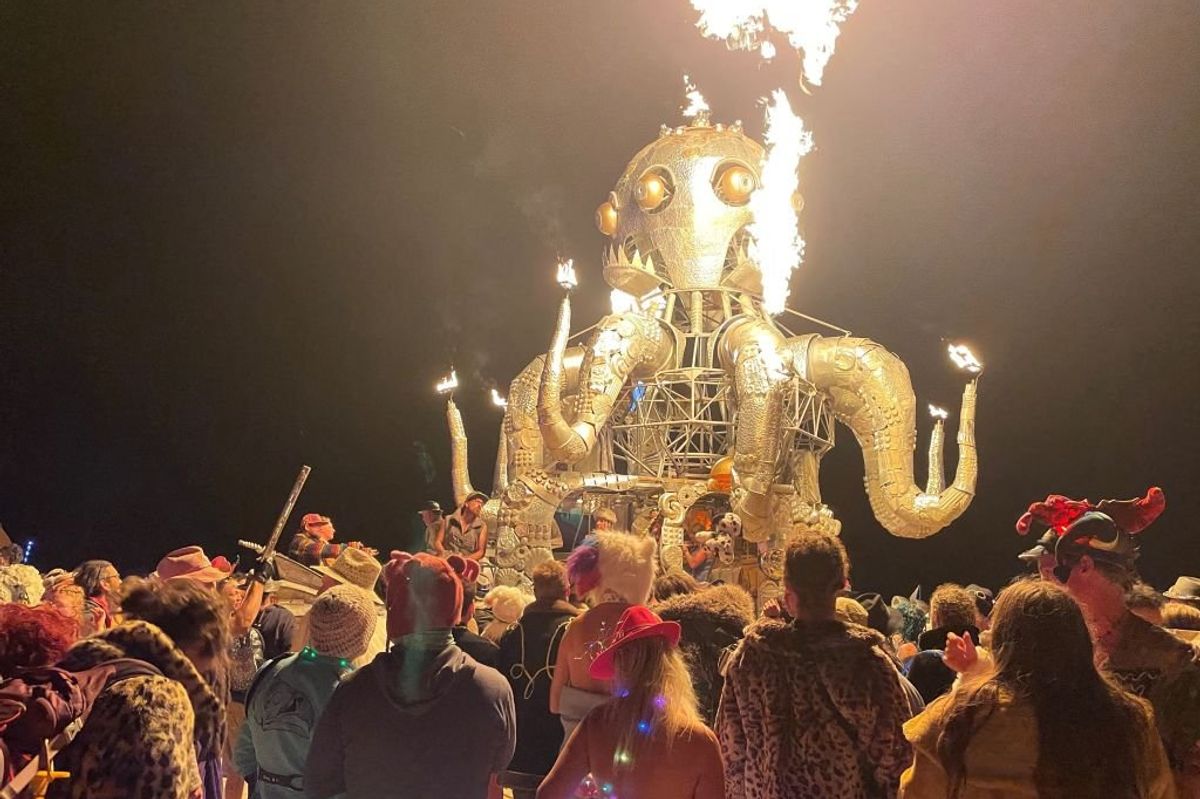
It’s Burning Man week again. The “Man” will burn this Saturday, as it does every Saturday before Labor Day.
Live Your Best Retirement
Fun • Funds • Fitness • Freedom
I used to be a devoted “Burner,” having attended faithfully every year from 2014 through 2022 (minus one year due to COVID). “Is Burning Man demonic?” is a question I see floating around several Christian circles, and as a newly baptized Christian, I’ve been asking myself the same question.
To even begin unpacking that question, several prerequisites for theological understanding are necessary. And please excuse me, as I am a new Christian, currently devouring large amounts of Christian literature and trying to educate myself. So bear with me as I navigate and unpack the overlay of theology on my personal experience of Burning Man.
The hidden, darker side of Burning Man, which prioritizes expression and freedom before safety and virtue, is a trade that everyone must make if they wish to attend the event, and it is rarely well informed.
On the nature of “demons,” “Satan,” and “evil,” I’ve found C.S. Lewis’ "The Screwtape Letters" and its companion essay, "Screwtape Proposes a Toast," to be helpful illustrations of Satan at work. I recognize that Lewis was, at the end of the day, just a man and a novelist. Yet his gift lies in the way he translates spiritual truths into language that the everyday person can grasp. His ability to frame the unseen in terms we can see and feel is nothing short of remarkable.
Lewis portrays demons as subtle, manipulative beings who exploit human weaknesses rather than overtly monstrous entities. In "The Screwtape Letters," hell is an organization with established hierarchies, laws, and menus for the consumption of souls. And the work of demons is not always loud or obvious, but often quiet, patient, and calculated, aimed always at one thing: the slow devouring of our God-given souls.
On the quality of souls: “The great (and toothsome) sinners are made out of the very same material as those horrible phenomena the great Saints.” This suggests that the most delectable souls for devils are those with strong, passionate qualities, whether for good or evil, as they provide more “substance” to feast on.
On the satisfaction of consuming robust sinners: “It was the souls of such as these, when we got them, that tasted so rich, so spicy, so full-bodied.” Screwtape laments the decline in quality of modern souls, reminiscing about the flavorful essence of historical figures like Farinata or Hitler, whose intense personalities made them a feast.
On the disappointment with modern souls: “The sort of soul I grew up on we got from a tragedy: something with some real guts to it, something that would make your mouth water.” Here, Screwtape contrasts the bland, petty souls of modern times with the more robust, hate-filled souls of the past that were more satisfying to consume.
Now, let me return to how Burning Man works. It is often described as more than a mere festival — many view it as a spiritual experience and call it “home.” I remember my own first arrival in Black Rock City: A volunteer crew of Burners greeted me, inviting me to ring a great bell, roll in the dusty sand, and declare, “I am not a virgin any more!” In that moment, I was welcomed “home.”
One of my first experiences there was boarding an art car, a double-decker bus dressed up as a dragon. It carried me to my camp, and I can still feel the warmth of the sun on my skin, the soft flutter of the fabric in the desert wind, and the strange, almost living spirit of that dragon-bus.
Everyone was so friendly on the bus. Perfect strangers smiling, talking as if they had known one another for years. Beautiful men and women, radiant in their freedom, sharing drinks, snacks, and little “playa gifts.” The artwork is otherworldly, and the structures emerge seemingly out of the dust. I had never experienced anything close to this before.
Living in the Bay Area at the time, the only opportunity I would get to see this many people in motion was during commute hours. Yet here, movement was different. Not sullen, not weighed down. Thousands of people moved about with smiles, intoxicated by freedom and joy and navigating the city of Black Rock with an ephemeral air.
As a sensory experience, Burning Man hits all of them in a very short fraction of time. Especially if you’re from Silicon Valley, where so much of life unfolds indoors and in front of screens, it feels like a sudden immersion back into the elements. Out there, under the desert sun, people often receive more vitamin D in a single week than they might otherwise get in months back home. I know that was true for my first year, when I became “hooked” on the experience.
Most people who come to Burning Man are, in some way, searching. For some, it’s a search for identity or self-expression; for others, it may be healing from loss, or simply a desire to break free and let loose. Burning Man is a compressed version of the most exciting EDM concert you’ve ever been to: ecstatic dance classes, yoga lessons, group therapy sessions, expressive art installations, visits to the red-light district, and alcohol- and drug-fueled nights out with friends.
And when I say “compressed,” I don’t just mean within the span of a week. What unfolds on the playa (the name given to the Black Rock Desert where Burning Man is held) feels like an entire lifetime distilled into mere hours. A single “playa hour” can carry the weight of countless parties, one-night stands, profound conversations, and fleeting moments of human connection. This is why, after Burning Man ends, long-term Burners usually will attend “decompression parties,” which continue the communal living, partying, sex, massages, deep and longing connections, unabridged confessions to one another, and feigning affection. These can go on for several days or, in some cases, even weeks.
It all sounds intoxicating, doesn’t it? Unbridled ecstasy, shared communally, offered as the pinnacle of human experience. A sensory feast, a kind of temporary utopia. But here’s the catch: What feels like transcendence in the moment is, in truth, the flesh at its fullest — raw desire, fleeting connection, indulgence without anchor. It dazzles, it overwhelms, but it does not last. And it never will. When the dust settles, the hunger always returns.
For several years, I camped at “Founder’s Camp” or “First Camp,” located at Esplanade and 5 o’clock. (Black Rock City is mapped out as a precise grid: concentric half-circles marked by letters, crossed by roads laid out like the hours of a clock.) First Camp is more than just a location; it is the nerve center of Burning Man, the administrative and business hub that quietly runs the entire event.
Staying at First Camp afforded me a unique opportunity to spend time with leadership. I camped alongside Larry Harvey, the co-founder of Burning Man, and Marian Goodell, the current CEO. I would often find myself in personal conversations with them over meals in the dining tent or lounging in the common spaces. Yet over time, it became clear that First Camp was not only about logistics. It was also a place of access, where celebrities and dignitaries — tech founders, movie stars, diplomats, and even royalty — were hosted.
The day-to-day operators at Burning Man all carried walkie-talkies and communicated issues affecting the event, such as arrests, injuries, deaths, accidents, missing-person complaints, and other concerns. It was always bustling and hectic. The old guard of Burning Man now includes several people in their 60s and 70s, and they continually welcome new leadership. Most young people burn out due to the weight of responsibility. It isn’t all fun and games; hosting such a massive and detailed event is a year-round commitment for several dozen people.
The old guard is treated in an almost mythical fashion by newcomers, who love hearing about the founding stories and all the “crazy” years when things were “really wild.”
True Burners cloak themselves in their “playa names,” part of a chosen family forged in the desert. Sometimes I never even knew the real names of people I camped beside. “Crimson,” for example, the woman who has overseen pyrotechnics since the 1990s, wore long white braids and radiated a maternal presence. She once hand-knit a baby blanket for my daughter. And yet after all these years, I still do not know her name beyond “Crimson.”
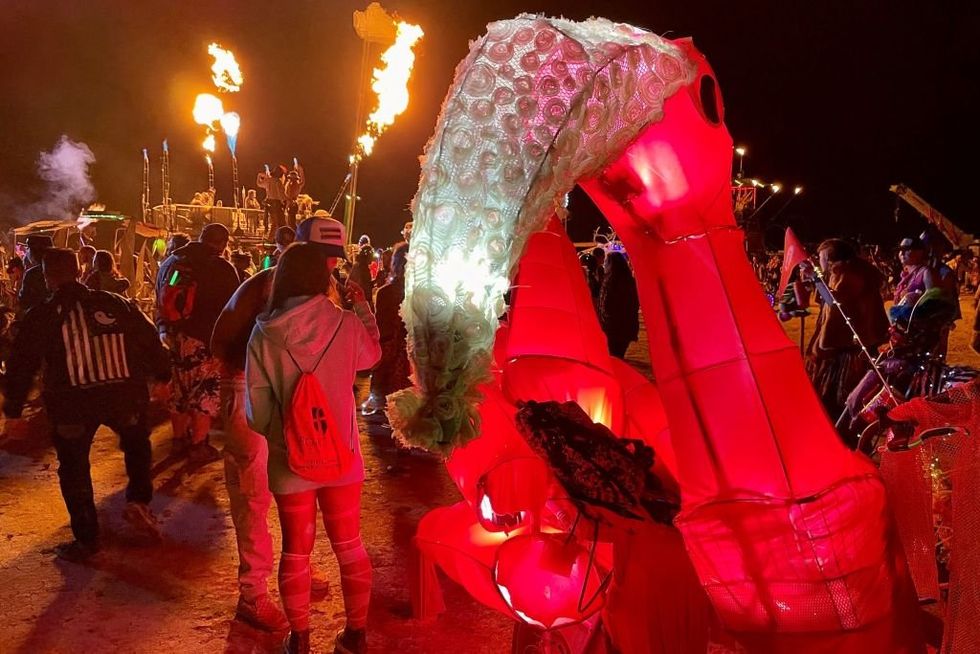 Julie Jammot/AFP/Getty Images
Julie Jammot/AFP/Getty Images
Yes, there are constant orgies. Yes, drugs are consumed in staggering quantities. And yes, sexual assault and rape occur at Burning Man, along with tragic, often preventable deaths. Nudity is everywhere. Overdoses happen so frequently that they rarely interrupt a party or shut down a camp.
Yes, many openly practice magic, summoning spiritual entities as if for entertainment. Self-proclaimed “healers” abound, offering their versions of medicine and ritual. Occult symbols and ceremonies are practiced so frequently that they become ingrained in the fabric of daily life.
But does the presence of these things alone make Burning Man demonic? We’ll answer that question a little later. But I know what Burning Man did to my spirit and to my brain, and it was not good.
While everything started playfully for me at Burning Man, the truth is that dark and terrible things happened nearly every year I attended. My very first year, I heard about a young woman who was running to try to jump onto an art car and got sucked into its undercarriage and died.
Another year, a man hurled himself into the fire and died. One year, a girl impaled her vagina on rebar while attempting to build something that she had no experience constructing.
Although I never personally experienced any of the Orgy Dome events, I heard unsettling accounts from those who did. Stories of encounters with people who seemed, in their words, “possessed.” Even with moderators present to prevent outright abuse, some described locking eyes with people engaged in sex who seemed to “have no soul.”
There are endless stories of people “tweaking,” overdosing, or getting lost and unable to find their way back to their camp all night. While the organization tries to mitigate these tragedies, they continue to happen year after year. The dark side of Burning Man is an accepted reality and risk because the organizers and the most devout Burners believe that the upside of Burning Man is vital enough to risk a few lives here and there. Meanwhile, the event itself is sustained by some of the wealthiest donors in the world, many of whom treat it as their personal playground.
That money and influence have elevated Burning Man into something much larger than a festival. It is now an institution, so culturally powerful that it has even garnered its own exhibit at the Smithsonian.
After my first year at Burning Man, I cannot deny that I was changed. Returning to San Francisco, the city felt almost unrecognizable. At a stoplight, I remember watching people cross the street and swearing I could see their souls suspended just outside their bodies, pulled forward a step or two beyond their physical selves. It was as if my own soul had been jolted awake, moving in ways it never had before.
That shift left me more fearless. I began to take risks without hesitation, emboldened by the realization I had at Burning Man: Life is a stage. I threw myself deeper into the culture, seeking out Burner communities and chasing that same sense of connection and openness I had first experienced on the playa.
Within three years, nearly everyone in my social circle was a Burner. It was like belonging to a secret society of sorts. Together, we believed we had access to a limitless reality, something hidden from the outside world, something you could only understand if you were a Burner.
However, the hidden, darker side of Burning Man, which prioritizes expression and freedom before safety and virtue, is a trade that everyone must make if they wish to attend the event, and it is rarely well informed. Whether you realize it or not, the moment you step into Black Rock City, you are signing on to that bargain.
It is a culture where sexuality and spontaneity are prized above comfort and contentment. Women don costumes designed to dazzle, only to suffer strange infections — UTIs, skin rashes, textile dermatitis — as the price of “looking hot.” Men are surrounded by exotic, beautiful young women, while their wives are at home taking care of their children. Once inside, the illusion is strong: The outside world seems to dissolve, and this is by design. Burning Man seeks to create a reality so consuming, so intoxicating, that nothing beyond its borders appears to matter.
For many, Burning Man is nothing short of a religious experience, especially for those who make a pilgrimage to the Temple. And I must admit, rather shamefully now, that I was once one of those people. Each year, I brought something to surrender there: a photograph of someone I had lost, an old wedding dress from my failed marriage, or some artifact heavy with pain that I longed to release.
The ritual was always the same. The Temple became a vessel for grief, sorrow, and suffering. When it burned, it was meant to be a collective release. As the structure collapsed, great spirals of smoke would rise into the sky and dust devils would swirl across the desert floor. Among Burners, these were spoken of as “the spirits.”
Year after year, the burning of the Temple was a profoundly moving moment, one that reduced me to tears as I stood among 60,000 others, all of us silent, all of us watching, all of us worshipping the flames in silence.
So I return to the question — for you and for myself: Is Burning Man demonic? When you read what I have shared, does it strike you as something rooted in light or in darkness? Does it sound like a culture that draws people closer to truth or farther into illusion?
Looking back now, through the lens of Scripture and Christian theology, I have come to believe that Burning Man is not just an eccentric festival, but rather a powerful vehicle for deception. In fact, it may be one of the most effective tools for Satan to misdirect souls away from our heavenly Father. When you surrender yourself to “the playa,” you do not simply embrace freedom; you also open yourself to profound distortions of what is good.
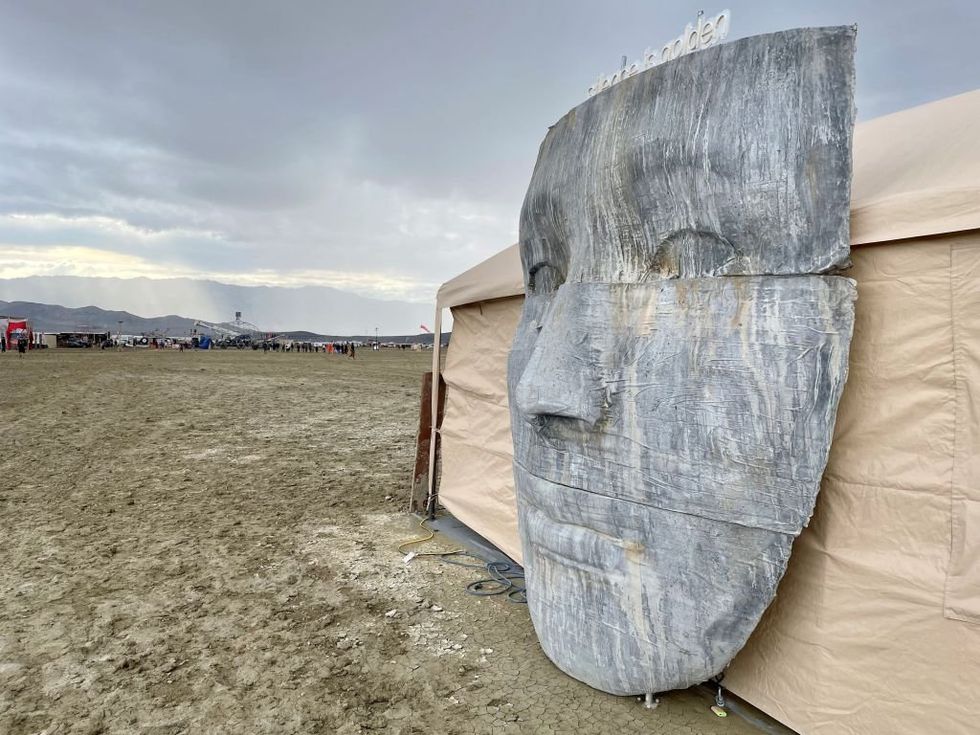 Julie Jammot/AFP/Getty Images
Julie Jammot/AFP/Getty Images
Year after year, I witnessed art installations that did more than provoke; they mocked virtue itself. There was, and remains, a striking irreverence for Christian tradition. Altars were erected where people were invited to offer confessions and prayers, not to God, but to idols. I saw effigies dedicated to symbols that stood in sharp opposition to the sacred: in 2024, a giant clitoris displayed as an altar; in 2015, a statue of a child’s lower body, arteries wired into what resembled a digital machine; in 2023, Chacc, a Mayan rain god once worshipped through human sacrifice. There are hundreds of these pieces of artwork scattered through Black Rock City, and each year, something new and perverse is introduced. My understanding is that these art pieces are considered “offerings” to the event, to be experienced by Burners.
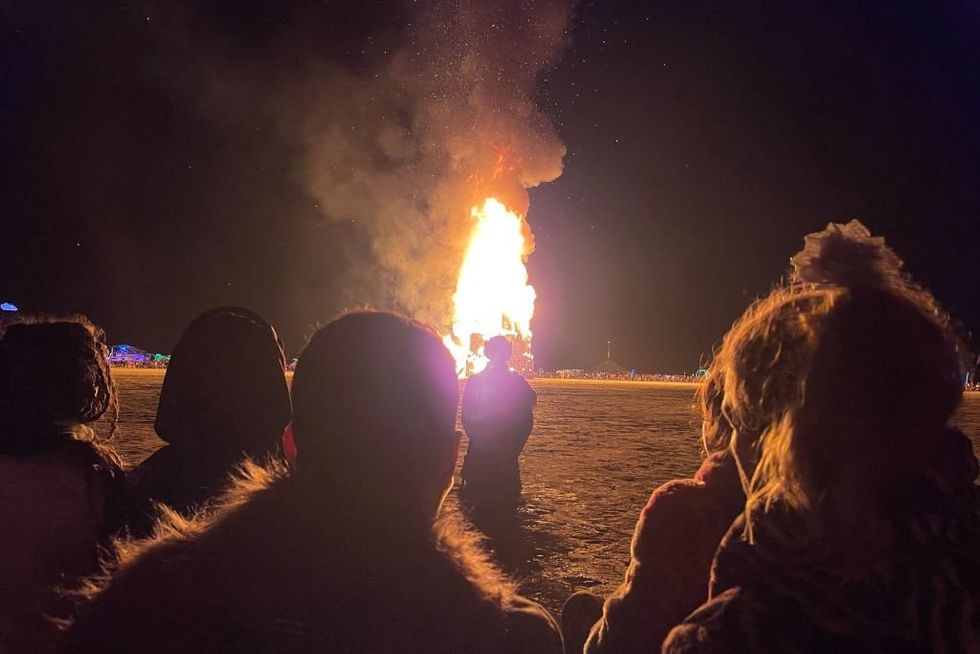 Julie Jammot/AFP/Getty Images
Julie Jammot/AFP/Getty Images
Even the attendees are considered part of the art. Radical self-expression and participation are two of the 10 guiding “Principles,” and both are on full display. Over time, I began to notice that what surrounded the Man Effigy before it burned was not mere performance. The dance troupes encircling it were not simply entertaining; they were invoking. Their movements and chants served as ceremonial openings, calling on “spirits” to bear witness.
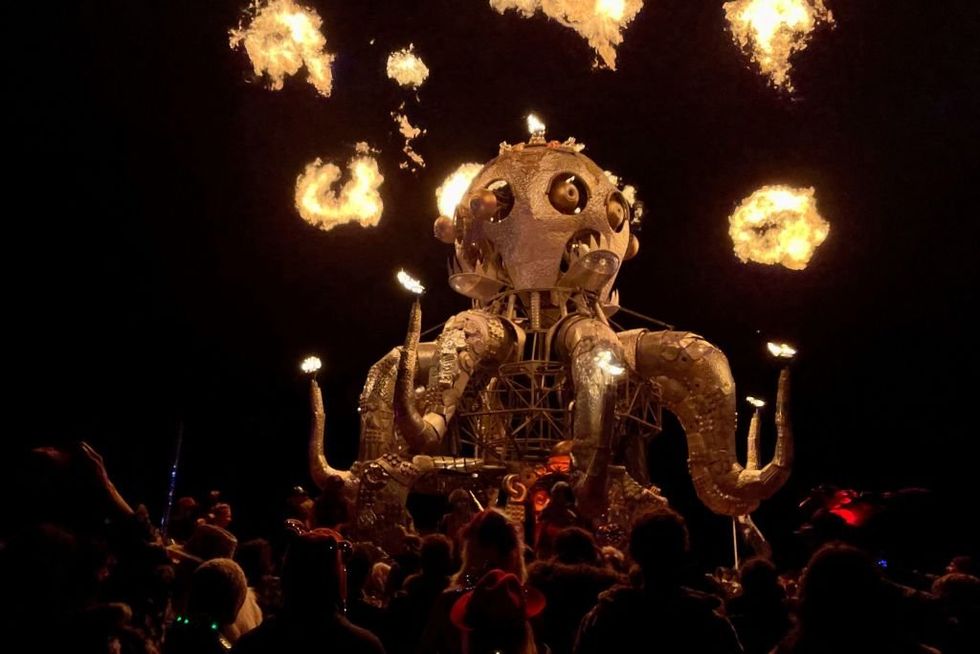 Julie Jammot/AFP/Getty Images
Julie Jammot/AFP/Getty Images
I remember the founder once telling me that the burning of the Man symbolized the release of the soul. But I cannot help but ask: To whom is that soul being released? If the whole point of Burning Man is to surrender the soul in ecstasy, where does it go? And to whom is it being sent? I am a newbie to demonology, but there is clearly something dangerous at work here.
Take the demon Morax, for example. Also known as Marax or Forax, he appears in several occult texts, including "The Lesser Key of Solomon" and "Pseudomonarchia Daemonum." He is described as a great earl and president of hell, commanding between 30 and 36 legions of demons, each capable of taunting, tempting, and tormenting humans. He is often portrayed as a bull with a human face or a man with the head of a bull. What is striking are his supposed abilities: teaching astrology, liberal sciences, and the properties of herbs and precious stones, as well as bestowing spiritual docents. Does any of this sound familiar?
Burning Man draws scientists, executives, innovators, and leaders. On the playa, you glimpse sides of them that remain hidden in the everyday world. The stern executive suddenly wears crystals and stones around his neck; the scientist speaks freely of esoteric knowledge with a conviction you would never hear in a laboratory or boardroom.
This is part of what makes Burning Man unlike any other gathering. Within the span of a single week, it concentrates a kind of nucleus of power — intellectual, financial, spiritual — that I have never witnessed assembled in one place before.
For many years, I was intoxicated by the sophistication and wonder of it all. I remember one evening after a Burning Man leadership dinner, standing beside Larry Harvey as we waited for our cars. From his pocket, he pulled a sketch he had drawn of the oracle stone of Delphi, which, he explained, he planned to build inside the Man. This was not unusual for him. Each year, Larry would consider what form of divination he wanted to embed in the effigy, and each year it would be incorporated into the design.
The number of esoteric and occult encounters I had at Burning Man is now beyond count. For nearly a decade, these things felt normal to me because my entire world was steeped in that community. It was only later, while reading the Bible and books like "The Screwtape Letters" and learning about the grand hierarchy of demons, that I realized how eerily familiar it all seemed.
Burning Man itself carries its own hierarchies, not unlike the structures described in the Bible (“principalities and powers,” Ephesians 6:12) and those later explored by C.S. Lewis. You can see it even in the physical design of Black Rock City: who is positioned where, who gets access, who is allowed to stage for the Man’s burning. Camps mirror this stratification, each with its own social order.
The more exclusive the camp, the more valuable the roles become — “juicier souls,” to borrow Lewis’ language. There are the beautiful young women, prized for flattery and companionship. The builders, tasked with fixing things and running errands. The wealthy executives, underwriting it all. The celebrities, passing through on invitations. The trust-fund shaman-socialites, curating the “experience.” And, of course, the drug dealers, rebranded as psychedelic healers.
Screwtape warns his legion of tempters: “Indeed the safest road to Hell is the gradual one — the gentle slope, soft underfoot, without sudden turnings, without milestones, without signposts.”
Such is true of Burning Man. There were no sudden jolts, no dramatic crossroads. Only a slow descent. Before you realize it, you become an empty vessel — lost, pretending, unable to find joy, and unable to find God. I was not just on the road to hell; I was already living it.
It has taken me years to rebuild what was broken inside me, and it took waking up from a near-death experience to see the truth finally — and to find the courage and humility to come to Christ for all the things I once went searching for at Burning Man.
I’ve spoken with other former Burners this year who have also been saved by Christ, and it is no coincidence that each of them has turned away from Burning Man. None of them misses it. For the first time in years, they are rediscovering joy and fulfillment in the ordinary rhythms of life.
The same is true for me. As I devote myself to Scripture, to my family, and to walking in the light of the Lord, I find that this process of renewal continues to unfold, deepening day by day, step by step. I no longer desire to “Burn the Man”; I now burn with zeal in the Spirit.
Originally Published at Daily Wire, Daily Signal, or The Blaze
What's Your Reaction?
 Like
0
Like
0
 Dislike
0
Dislike
0
 Love
0
Love
0
 Funny
0
Funny
0
 Angry
0
Angry
0
 Sad
0
Sad
0
 Wow
0
Wow
0





